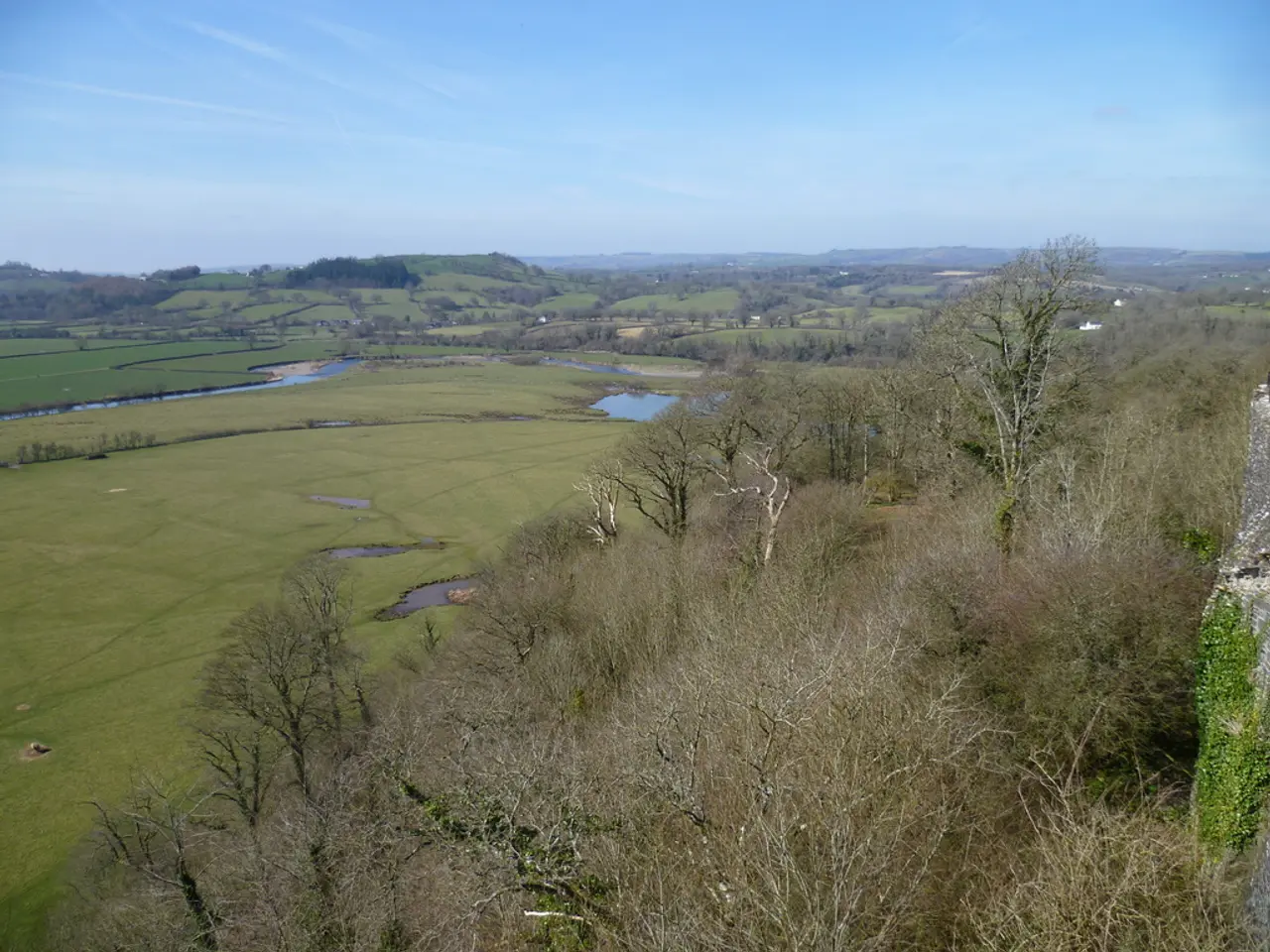India's First High-Altitude Cold Desert Biosphere Reserve Joins UNESCO's Global Network
The Cold Desert Biosphere Reserve in Himachal Pradesh's Lahaul and Spiti district has been inducted into UNESCO's World Network of Biosphere Reserves. This marks India's first high-altitude cold desert biosphere and one of the world's coldest and driest ecosystems to receive this recognition.
Spanning around 7,770 square kilometers, the reserve stretches from 3,300 to 6,600 meters above sea level. It encompasses key protected areas like Pin Valley National Park, Kibber Wildlife Sanctuary, Chandratal Wetland, and the Sarchu plains. The reserve is home to hundreds of plant species, 119 bird species, 17 animal species, and the flagship snow leopard.
UNESCO's Man and the Biosphere (MAB) Programme granted this status, recognizing the reserve's unique biodiversity and fragile ecosystem. India now boasts 13 globally recognized biosphere reserves. The Cold Desert Biosphere Reserve faces challenges such as climate change impacts and tourist pressure, requiring a balance between conservation and community livelihoods. Around 12,000 inhabitants live in the reserve's dispersed high-altitude communities, practicing traditional livelihoods like pastoral activities and using herbal remedies.
UNESCO's recognition is anticipated to bolster climate resilience efforts, promote responsible ecotourism, and foster research collaborations in the region. This prestigious addition to the World Network of Biosphere Reserves highlights India's commitment to preserving its diverse and delicate ecosystems.
Read also:
- Rural Health Transformation Fund: Insights from Government Agencies and Key Partners on its Transformation in Rural Regions
- Unusual Trivia About Creatures, Cosmos, Past, and the Physical Human Form
- Discovered: Ages-Old Creature Concealed Within Its Shell, Unveiled Upon Breakthrough
- Dangerous Pollutant Removal: Naval Weapons Industrial Reserve Plant and Northrop Grumman Corporation Site (NWIRP) in Bethpage, New York – Clean-up Initiated







